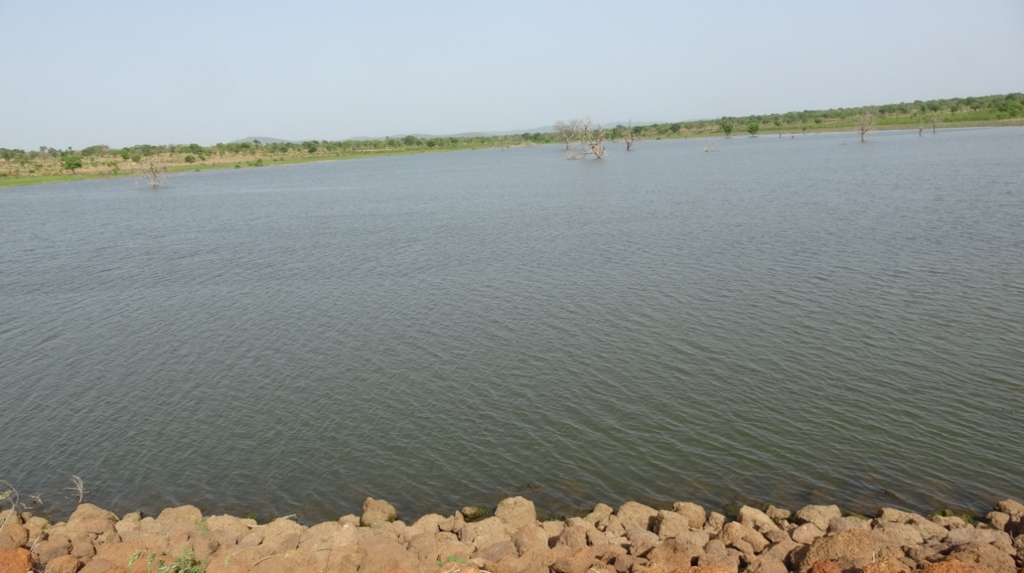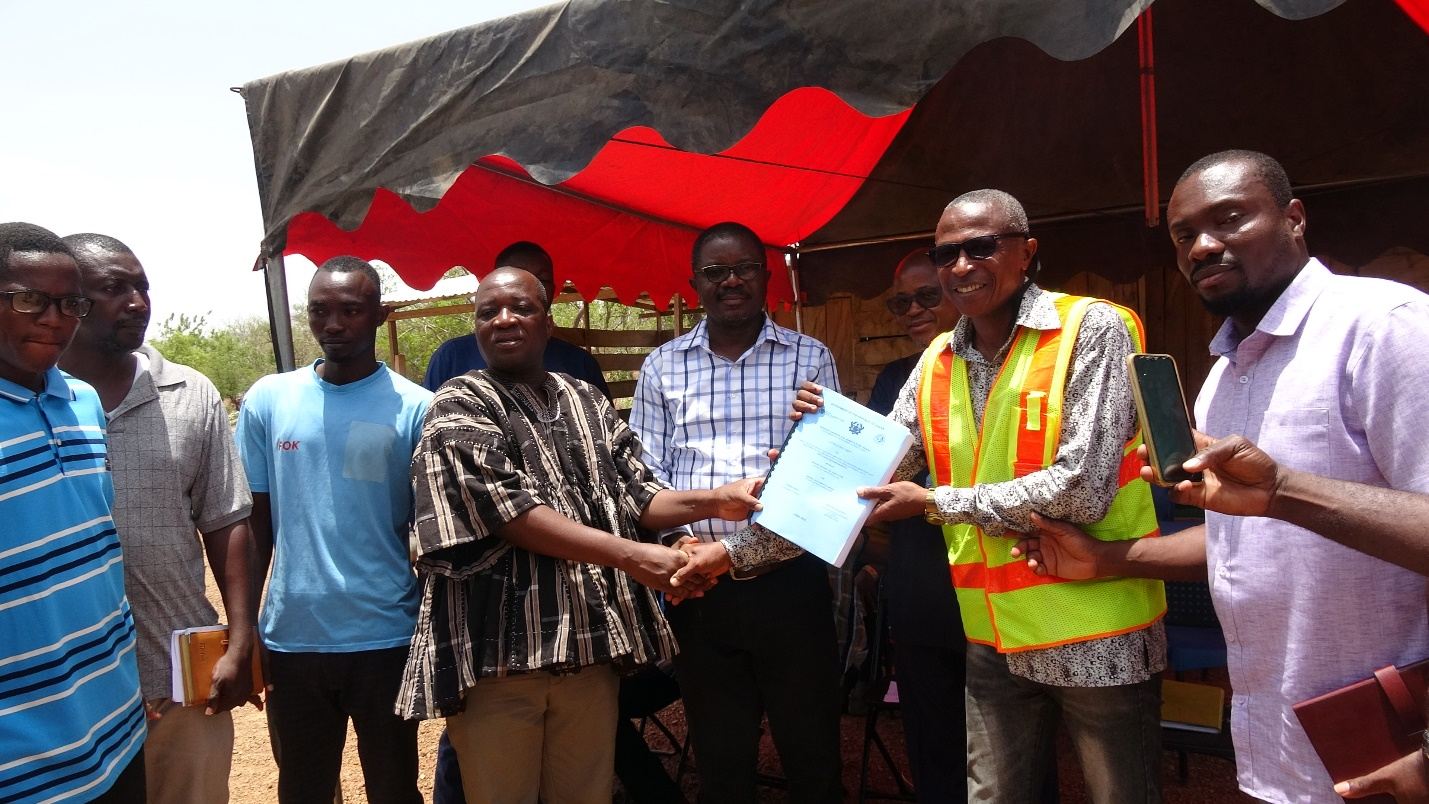In a significant step towards enhancing food security and sustainable agriculture, the Ministry of Food and Agriculture (MoFA), through the Ghana Irrigation Development Authority (GIDA), has handed over 12 construction sites for irrigation earth dams to contractors.
The designated sites are strategically located across Kpalbutabu, Sangba, Tasundo, and Duadinyediga in the Northern Region, as well as Kugpeila, Kukparigu, and Binduri Districts of the Upper East Region, and additional areas in the Upper West Region.
These irrigation projects are set to complement the government’s One Village One Dam (1V1D) and Planting for Food and Jobs (PFJ) initiatives.
Speaking at the handover ceremony, Ing. Richard Oppong-Boateng, Acting Chief Executive of GIDA, highlighted the critical role of dams in the Northern Region, where rainfall is limited to just four months annually, followed by eight months of dry spells.
He said the development of these dams is crucial, as it will support crop production, livestock, and aquaculture, thereby boosting food production and enhancing food security in the country.

Dam ready for takeover – Sangba
Ing. Oppong-Boateng urged local communities to actively support the contractors by monitoring the construction activities and ensuring the security of materials. He also stressed the importance of maintaining the dams post-construction, particularly by preventing livestock from polluting the water.
GIDA’s Director of Development, Ing. Philemon Ebo Yankson, led a parallel team to the Upper West Region to oversee the handover of sites in that area.
Given the increasing population and the impacts of climate change, traditional rain-fed agriculture is becoming insufficient. This necessitates the shift towards irrigation systems, which are essential for meeting the food demands of the nation.
The government’s irrigation dam construction project aims to develop 1.9 million hectares of potentially irrigable land across Ghana.
This initiative is expected to enable the country to achieve food self-sufficiency and even export surplus produce to neighboring nations.
In addition to these new projects, MoFA/GIDA is also advancing other irrigation-related initiatives. These include Phase 3 of the Tamne Irrigation Project, the rehabilitation of the Tono Irrigation Scheme, and the Right Bank of the Vea Irrigation Scheme.
These comprehensive efforts align with the goals of the 2010 Maputo Declaration and the Comprehensive Africa Agriculture Development Programme (CAADP), which advocate for the expansion of irrigated agricultural land by 5,000 hectares annually. This strategy aims to foster job creation, reduce poverty, and secure food supply.
The irrigation dam construction project marks a pivotal move towards sustainable agriculture and food security in Ghana, ensuring the country is better equipped to meet future challenges and opportunities in the agricultural sector.


Comments are closed.